Saturn’s North Polar Hexagon
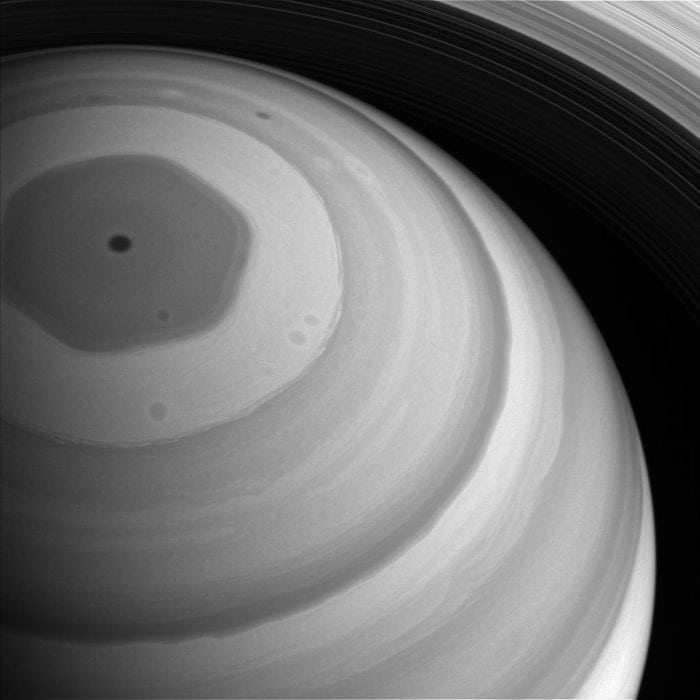
The dynamical nature of the hexagonal cloud pattern on Saturn’s north pole was unexplained by planetary science for ≈ 35 years since its first observation….
Read more

The dynamical nature of the hexagonal cloud pattern on Saturn’s north pole was unexplained by planetary science for ≈ 35 years since its first observation….
Read more

Explaining why Mars is so much smaller and accreted far quicker than the Earth is a long-standing problem in planetary science. Like Earth, Mars’ orbit…
Read more

A surprising radial distribution of potential vorticity (PV) of Martian atmosphere represents a minimum PV value at the winter pole, which is surrounded by an…
Read more
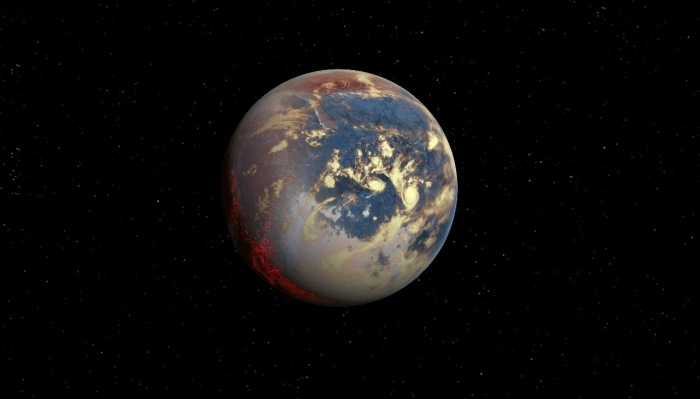
Our knowledge of the Earth’s interior comes from the study of seismic waves during earthquakes, observations of different types of rocks, laboratory experiments, and magnetic…
Read more

The Near-Earth (not hazardous to Earth) asteroid 433 Eros was explored by the NEAR-Shoemaker spacecraft in 2000-2001. This mission, built and designed by the Johns…
Read more
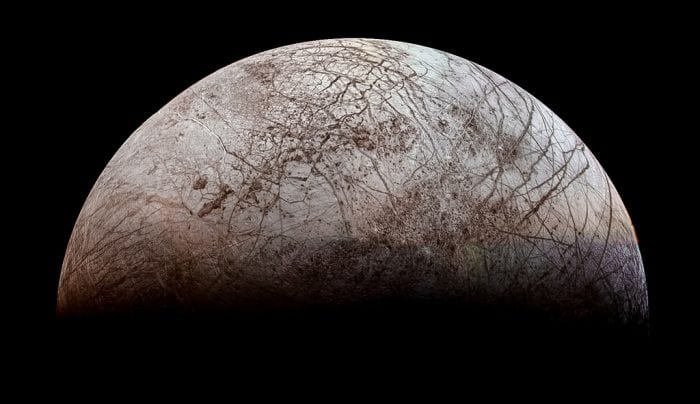
The Department of Earth, Planetary, and Space Science (EPSS) at UCLA has an impressive record of leadership or participation in NASA missions. For example, the…
Read more
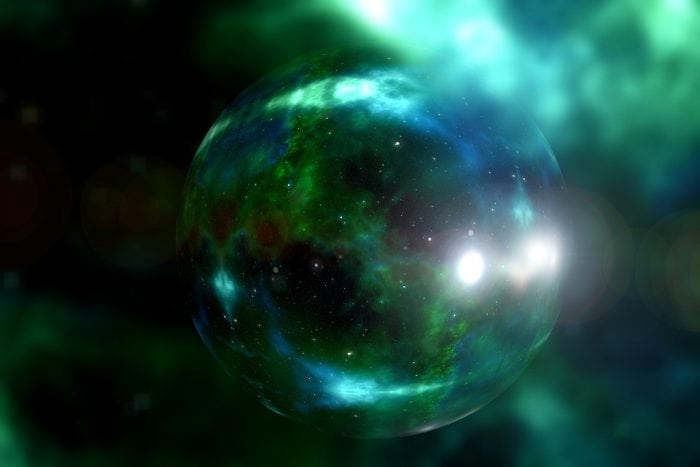
The theory of quantum mechanics lies at the basis of our modern understanding of how microscopic particles such as electrons and atomic nuclei behave. Despite…
Read more

Most of the surface of Mars is currently too cold, and the atmosphere is too thin, for liquid water to be present on the surface….
Read more
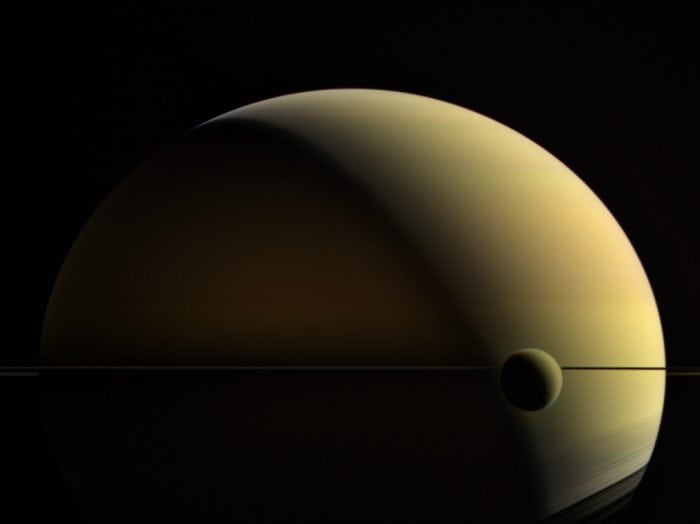
Titan, the largest satellite of Saturn’s system, is famous for being entirely covered by layers of thick orange haze, which are composed of organic aerosols….
Read more
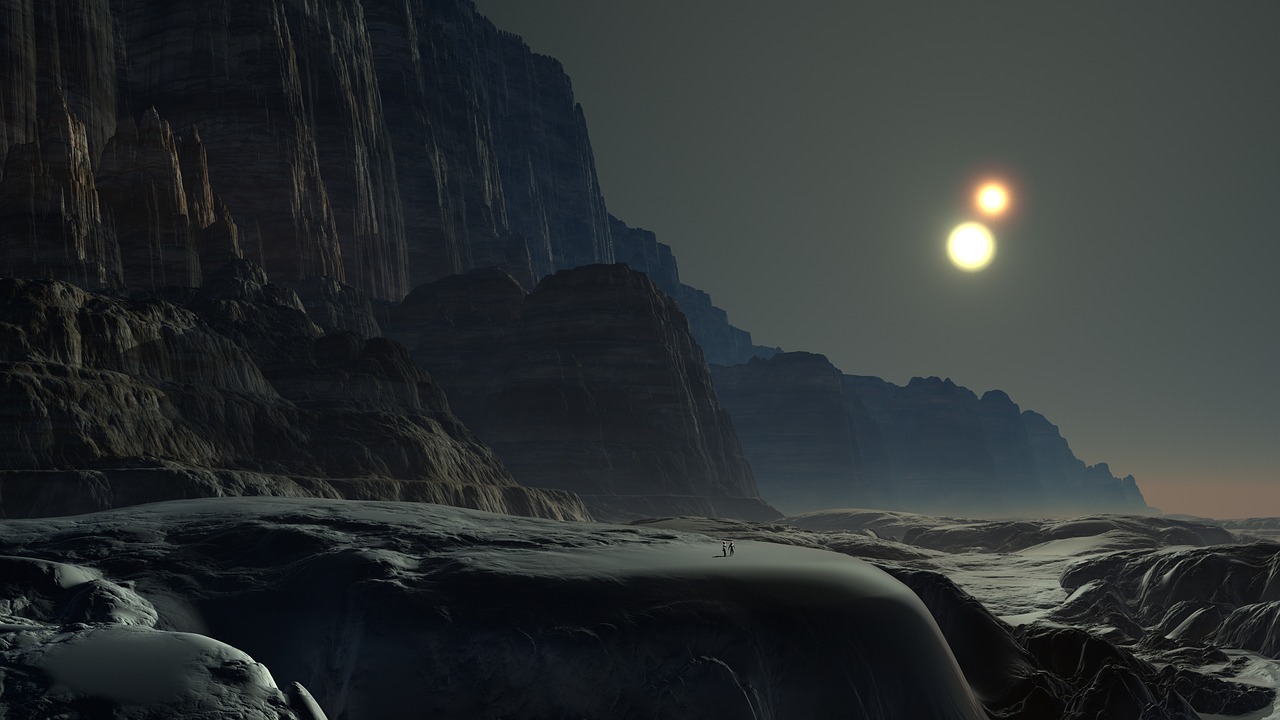
More than 3000 planets outside our Solar system have been discovered. Around 20 of them are “Goldilocks planets,” planets that orbit the region surrounding a…
Read more
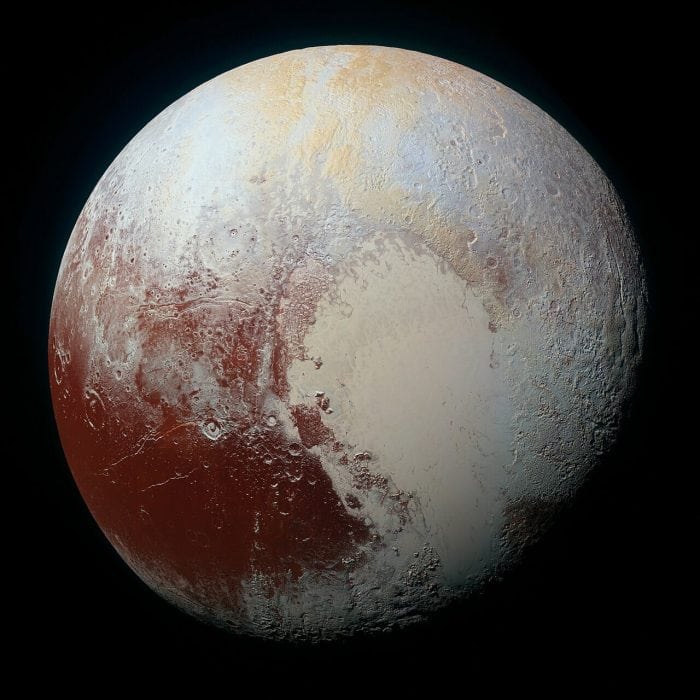
Numerical modeling of the nitrogen cycle on Pluto explains the distribution, color, geology, and morphology of the different nitrogen ice deposits observed. On July 14,…
Read more